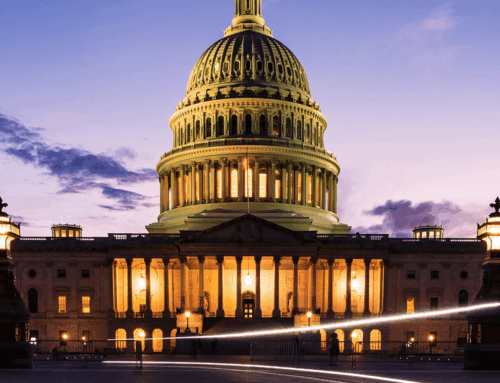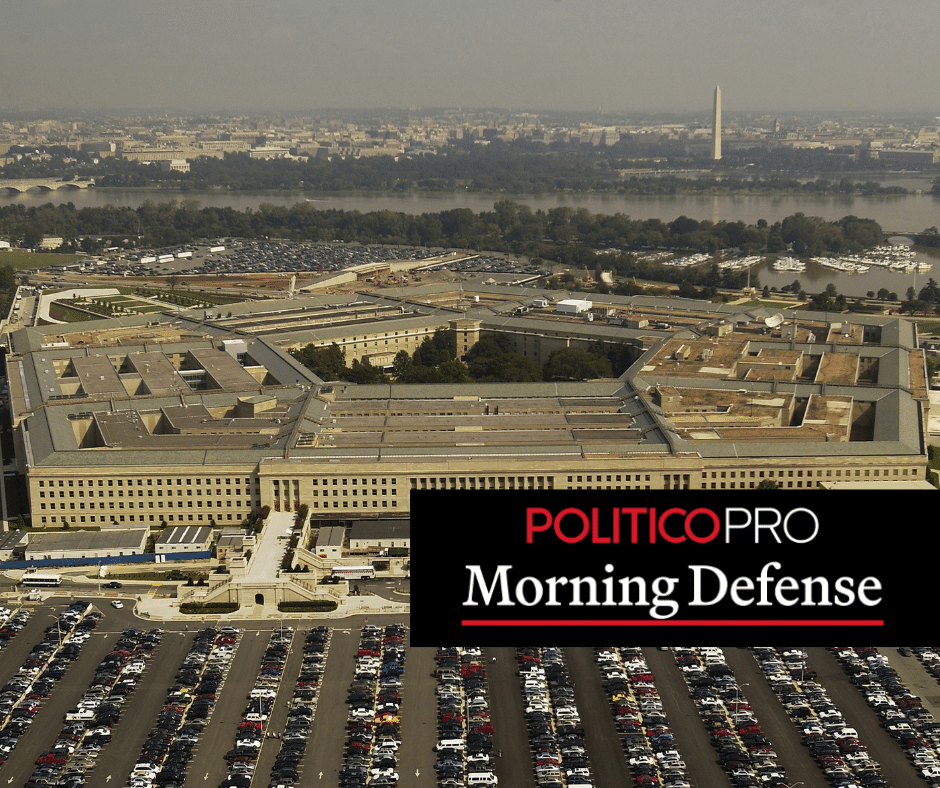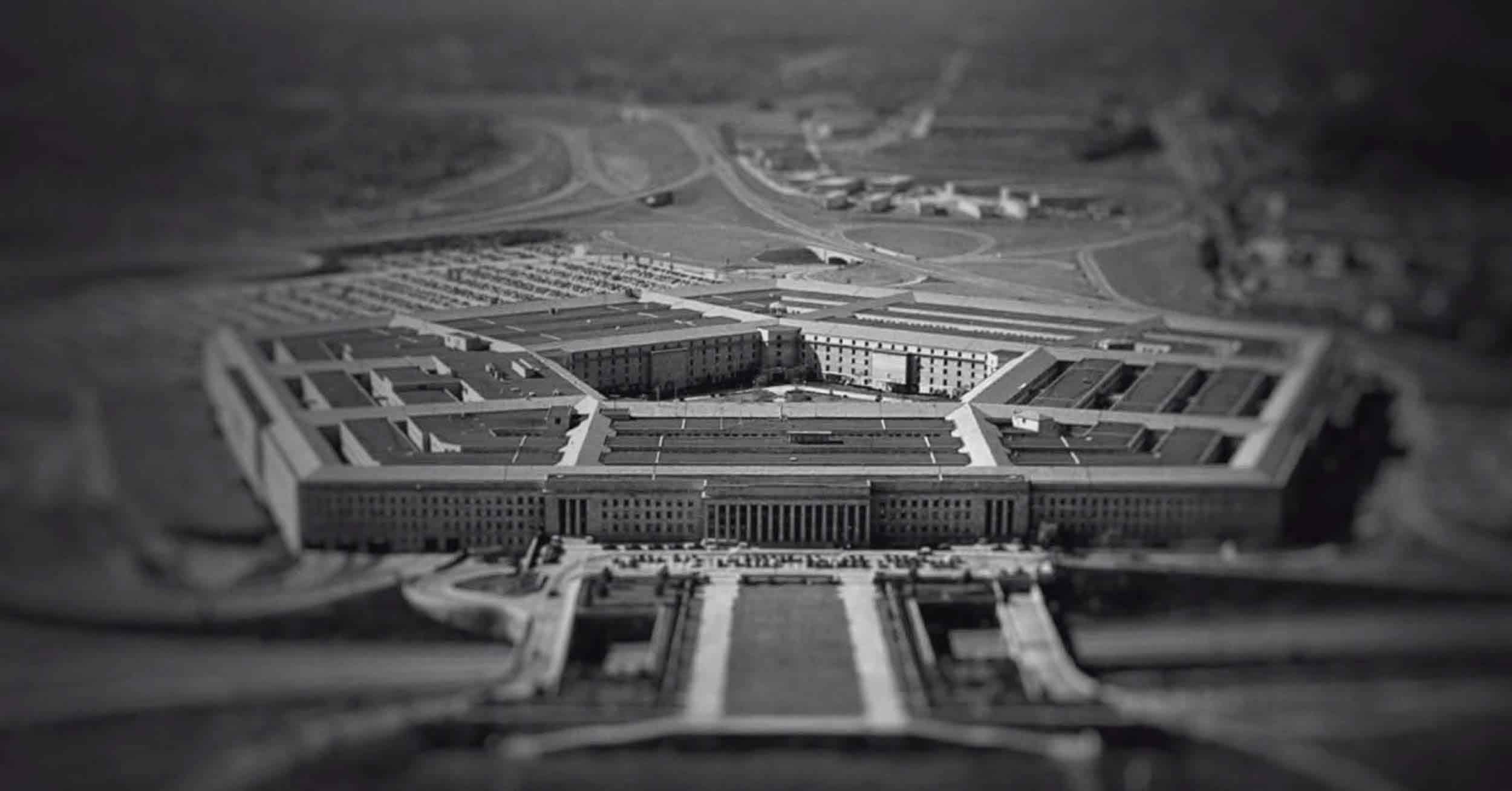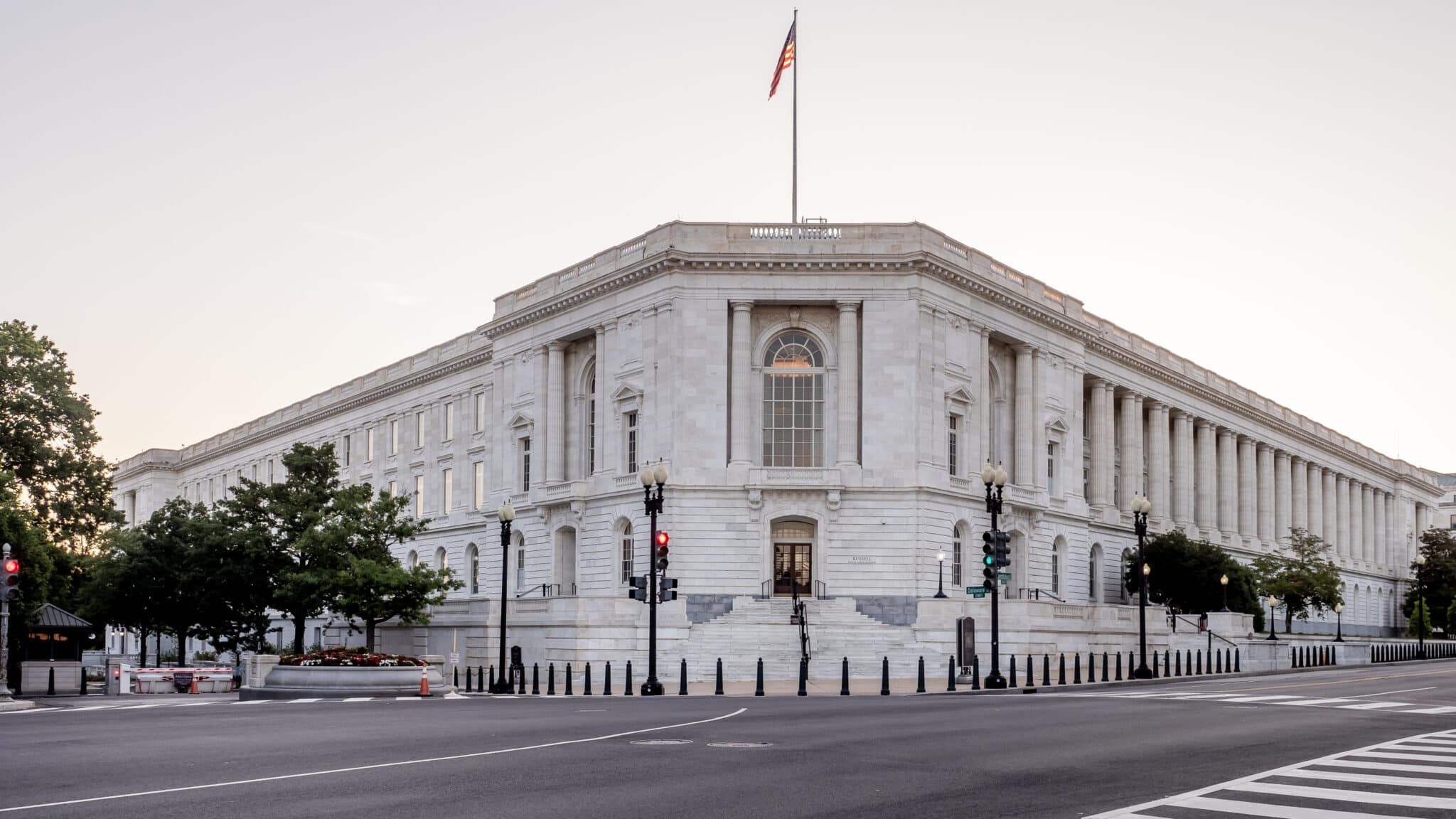Gone are the days when congressional leaders spent so much time bickering about how to carve up the federal budget that they could hardly pass a single spending bill.
When faced with the age-old political trade-off between guns and butter, the same GOP that came to power by condemning the nation’s rising red ink has now chosen to fund both — with potentially ominous long-term consequences for the nation and the party itself.
“There was absolutely no picking winners or losers. It was, ‘You get a billion. You get a billion. You get a billion,’” said Steve Ellis, vice president of Taxpayers for Common Sense. “Essentially, it was like, ‘Oh, you want more defense funding? I want more non-defense. … OK, we’ll just go with that.'”
Since swearing in President Donald Trump, Republican leaders have ditched their sermons on fiscal restraint, running up a credit card bill that could saddle the federal government with tens of billions of dollars in interest, while taking decades to pay off. The precedent set by those drastic funding increases has begun to stoke fears of a potential fiscal crisis that could upend spending negotiations on Capitol Hill in the years to come. Already, the Trump administration reported Monday that the nation just produced its largest budget shortfall in six years.
Working with substantially higher funding limits, thanks to this spring’s two-year budget deal, Congress’ spending leaders have fought about how and where to spend an extra $300 billion — not what to cut — making the Obama administration look like an era of austerity by comparison.
Polling shows that voters still decry deficit spending. In a survey last month by the nonprofit Peter G. Peterson Foundation, nearly 7 in 10 people said the national debt should be one of Congress’ top three priorities next year.
But in this fall’s campaign, the nation’s nearly $21 trillion debt has been virtually absent in the political conversation, aside from mentions by a few red-state Democratic hopefuls, like Senate contender Phil Bredesen in Tennessee, who has called for a total spending freeze.
While Republican incumbents can’t tout any penny-pinching, they can say they at least partially completed Congress’ core mission of funding the government on time, an accomplishment that was far from guaranteed after the kind of legislative morass that led to two shutdowns this year.
So far under the Trump administration, Congress has been surprisingly agile in clearing big funding packages, dodging the kind of fights that broke out during the Obama administration between defense hawks and Democratic advocates for more non-defense funding. Historically sizable spending bills seemed to glide across the finish line this summer at a pace unseen in years.
In late September, lawmakers easily cleared two funding packages that made up three-quarters of all federal spending. Unlike nearly everything else on the congressional agenda, the votes were almost entirely drama-free.
Spending leaders like Senate Appropriations Committee Chairman Richard Shelby (R-Ala.) have attributed that outcome to bipartisanship, backed up by decades-old working relationships that finally are bearing fruit.
Congress cleared five of its annual appropriations bills by the Sept. 30 deadline, including the one funding the Pentagon and the vast majority of health care, education and labor programs. Neither of those bills had been completed on time in more than a decade.
But critics of this year’s deficit-ballooning budget deal have cautioned GOP leaders against taking a victory lap on regular order. They argue that the bills were greased with cash, a total of $153 billion this fiscal year alone, despite years of fierce conservative rhetoric about tamping down the national debt.
Even the lawmakers who take credit for stabilizing the spending process acknowledge that their work was made much easier by the sheer size of the budget deal.
“If you’ve got more money — with defense, social programs — you have more leeway,” Shelby said.
All that spending latitude started with Trump’s campaign promise to “rebuild” the nation’s armed forces, which he reiterated in his first State of the Union address this year.
The president, surrounded by a close ring of military advisers, decided to start by freeing the Pentagon from the near-constant threat of sequestration.
At the time, Defense Secretary Jim Mattis was making the rounds on Capitol Hill, warning lawmakers that those automatic cuts had “done more harm” to the U.S. military than any of the nation’s enemies around the globe.
Under orders from Trump, spending negotiators began shaping a budget deal that seemed to grow in size with every twist and turn of the negotiating process.
“Budgeting was supposed to mean: If you want more of something, you have less of something else,” said Maya MacGuineas, president of the Committee for a Responsible Federal Budget. “But instead of ‘plus one, minus one,’ it became ‘plus one, plus one.'”
In the first round of talks, Republicans had proposed a $37 billion increase for non-defense programs and $54 billion for the military over two years, a proposal that would stave off the automatic cuts that were set to occur through fiscal 2019 under the Obama-era sequestration law. But Democrats insisted on more non-defense spending to match Trump’s military funding demands.
Over weeks of back-and-forth offers, those figures rocketed upward.
By February, congressional leaders locked in a two-year deal that showered the military with an additional $80 billion and domestic programs with an added $63 billion. And that was just the first year. By year two of the deal, defense programs got $85 billion over previous caps and non-defense programs got $68 billion more.
Democrats ultimately walked away with more domestic funding than even President Barack Obama had sought. Republicans, meanwhile, met the lofty dreams of defense hawks, reaching a peak in military spending not seen since the pre-sequestration days when the U.S. troop presence in Iraq and Afghanistan was at its height.
“If you had told me on Nov. 9, after the last election that we would have had the largest non-defense discretionary increase since the stimulus … I would have told you no way. And yet here we are,” said Emily Holubowich, executive director of the Coalition for Health Funding.
The first payout from the budget deal came in March, in the form of the $1.3 trillion fiscal 2018 omnibus Trump said he only signed because of the massive increase in military spending.
Funding for the second year of that budget deal went into effect in late September, delivering fiscal 2019 windfalls for the Pentagon and most non-defense programs.
Three weeks into the fiscal year, congressional leaders and White House officials are already eyeing the next round of budget talks. Those talks will need to be completed by next fall to avert the final threat of sequestration under the 2011 budget law.
With nearly a trillion-dollar deficit expected this fiscal year, long-time budget observers are warning that congressional leaders won’t be able to simply dangle more money before lawmakers — particularly conservatives — to win votes for future spending bills.
“All budget cycles go up and down. We’re in the up phase right now, so that’s why Congress can do this,” said Todd Harrison, who leads budget analysis for the Center for Strategic and International Studies. “They’re not worried about the deficit right now. That will change.”
Connor O’Brien contributed to this report.










